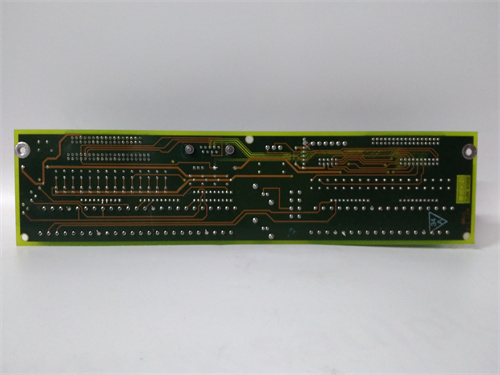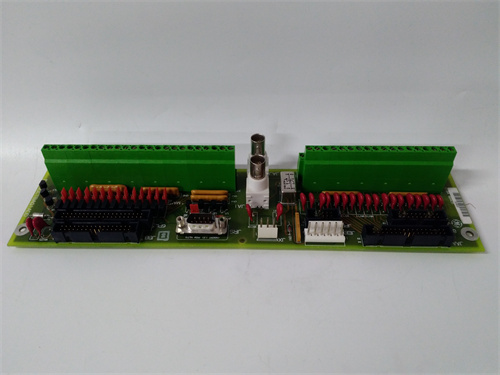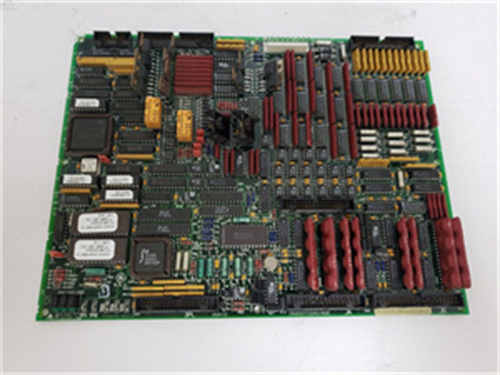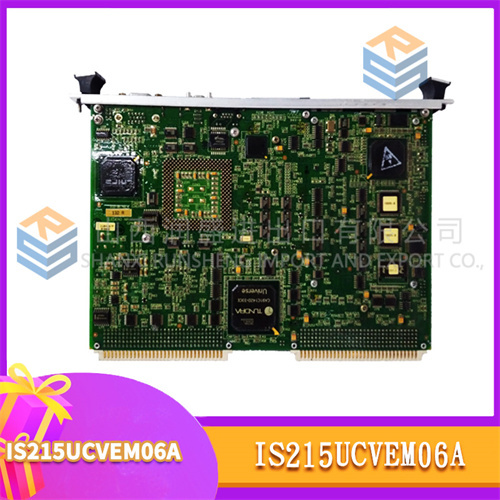Description

Parameter Specifications
Power Supply: It typically operates on a 24V DC power supply with a tolerance range of ±10%. This ensures stable performance even with minor power fluctuations.
Input/Output Channels: It is equipped with multiple digital input and output channels. There are usually 16 digital inputs capable of handling signals from 0 – 24V, and 16 digital outputs with a rated current capacity of 0.5A per channel at 24V DC.
Communication: Supports Modbus RTU communication protocol, which allows seamless integration with other industrial control devices. The communication baud rate can be configured from 9600bps to 115200bps.
Uses
Signal Acquisition: The digital inputs are used to collect status signals from various field devices such as sensors, switches, and limit switches. This data can then be transmitted to a central control system for monitoring and decision – making.
Control Output: The digital outputs are used to send control signals to actuators like relays, solenoids, and contactors, enabling the control of industrial processes and equipment.
Weight and Dimensions
Weight: Approximately 300 grams, which makes it relatively lightweight and easy to install in control cabinets.
Dimensions: The module has dimensions of about 120mm in length, 80mm in width, and 50mm in height. Its compact size allows for efficient use of space within the control panel.
Characteristics
Reliability: Built with high – quality components, it can operate stably in harsh industrial environments with a wide temperature range from – 20°C to 60°C.
Ease of Configuration: The communication and I/O settings can be easily configured using software tools, reducing the time and effort required for installation and commissioning.
Isolation: It features electrical isolation between input, output, and power circuits, which helps to prevent electrical interference and protect the module from damage.
Application Areas
Industrial Automation: Widely used in manufacturing plants for controlling production lines, conveyor systems, and robotic operations.
Power Generation: In power plants, it can be used to monitor and control equipment such as pumps, fans, and circuit breakers.
Building Automation: Applied in smart buildings to manage lighting, HVAC systems, and access control.













Reviews
There are no reviews yet.